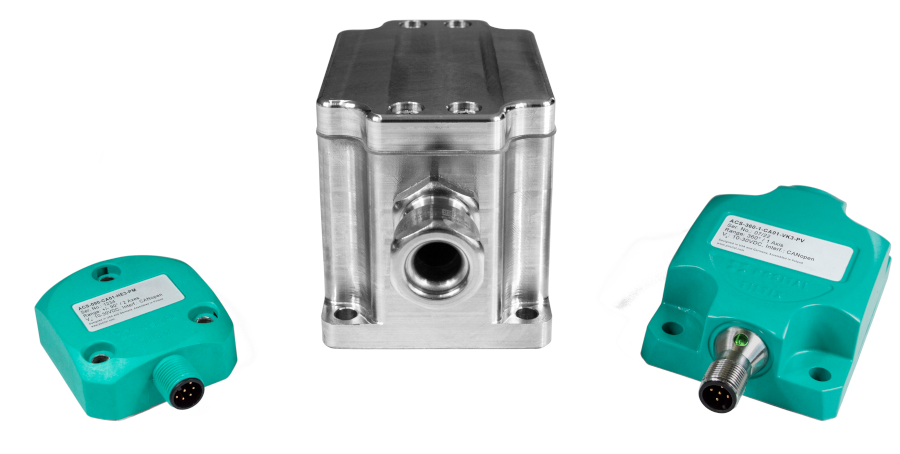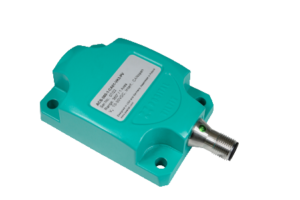ROBUST
INCLINATAION
TECHNOLOGY
Dynamically compansated for maximum signal stability


ACS - standard

ACS - Heavy Duty

ACE - Atex
HOW DO MEMS Inclinometers WORK?
Delving into Precision: How MEMS Inclinometers Operate
MEMS (Micro-Electro-Mechanical Systems) inclinometers are cutting-edge devices that play a crucial role in a wide array of applications, from automotive to construction, aerospace to consumer electronics. At Osico, we’re dedicated to unraveling the intricate workings of these advanced technologies and showcasing their technical prowess.
Principle of Operation
MEMS inclinometers operate based on the principles of microfabrication and sensor technology. At the heart of the inclinometer is a MEMS accelerometer, which consists of micro-scale structures fabricated using semiconductor manufacturing techniques. These structures respond to changes in gravitational forces and convert them into electrical signals that can be measured and analyzed.
When the inclinometer is oriented at an angle with respect to the gravitational field, the MEMS accelerometer detects the resulting acceleration along different axes. By analyzing these acceleration values, the inclinometer determines the inclination angle or tilt of the device relative to the Earth’s surface.
Key Components
-
MEMS Accelerometer: The core sensing element responsible for detecting changes in gravitational forces and converting them into electrical signals.
-
Microfabricated Structures: These microscopic structures, typically made of silicon, are designed to respond to gravitational acceleration and generate measurable signals.
-
Signal Processing Circuitry: The inclinometer’s electronics process the signals from the MEMS accelerometer, performing calculations to determine the inclination angle and providing output data in a usable format.
Advantages of MEMS Inclinometers
-
High Accuracy: MEMS inclinometers offer precise measurement of inclination angles, providing reliable data for critical applications such as slope monitoring and structural monitoring.
-
Compact Size: Due to their micro-scale design, MEMS inclinometers are compact and lightweight, making them suitable for integration into space-constrained environments and portable devices.
-
Low Power Consumption: MEMS technology enables inclinometers to operate efficiently with minimal power consumption, extending battery life and reducing energy costs in battery-powered applications.
-
Cost-Effective: Mass production techniques used in MEMS fabrication result in cost-effective inclinometer solutions, making them accessible for a wide range of applications and industries.
-
High Reliability: MEMS inclinometers are highly reliable and robust, withstanding harsh environmental conditions such as temperature variations, shock, and vibration.
Applications
MEMS inclinometers find applications across various industries and sectors, including:
- Geotechnical monitoring and slope stability analysis
- Structural health monitoring in buildings and infrastructure
- Automotive and transportation systems for vehicle tilt sensing
- Robotics and unmanned aerial vehicles (UAVs) for orientation control
- Industrial machinery for tilt detection and alignment
Conclusion
At Osico, we recognize the significance of MEMS inclinometers in modern engineering and technology. With their unparalleled accuracy, compact size, and reliability, these devices are indispensable tools for precise inclination measurement in a diverse range of applications. Contact us today to explore our range of MEMS inclinometers and discover how they can elevate your projects and systems to new heights of performance and precision.

Discover our advanced high-resolution liquid level sensors tailored for Fuel, Oil, Coolant, and Water applications
Explore our durable Rotary and Linear Position sensors designed for Industrial & Off-Highway applications.
Experience IoT connectivity: monitor switches, sensors, and transmit data via GSM
Elevate industrial monitoring with our plant & machinery condition-based sensors.



